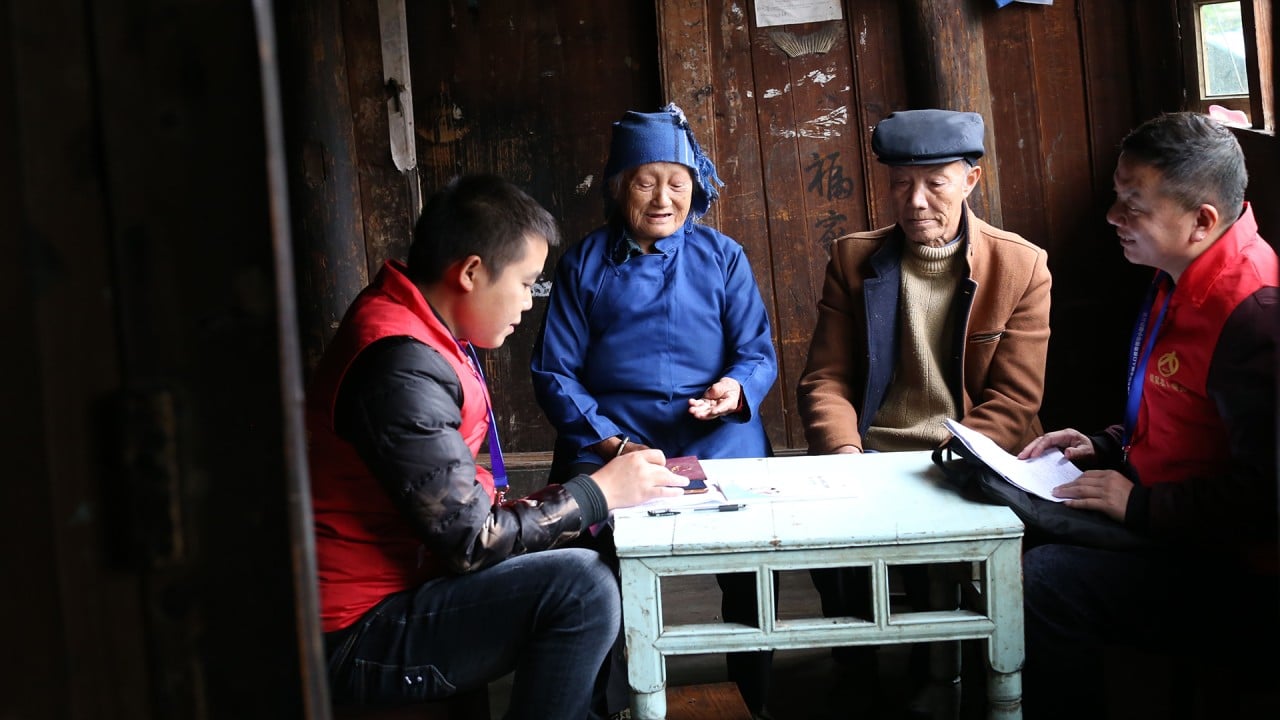
Explainer | China’s one-child policy: what was it and what impact did it have?
- China’s one-child policy started in 1980 and was strictly enforced with punishments including fines for violators and often forced abortions
- China officially ended its one-child policy in January 2016 in favour of a two-child policy before it introduced a three-child policy in May 2021
What was China’s one-child policy?
China’s one-child policy was rolled out in 1980 by Deng Xiaoping and was strictly enforced after the population had increased to 969 million in 1980 from around 540 million in 1949.
It restricted most couples to only a single offspring, and for years authorities argued it was a key factor in supporting the country’s economic boom.
It was enforced by the National Health and Family Planning Commission, with a system of fines for violators and often forced abortions.
Civil servants and employees of government-affiliated organisations, including universities, risked losing their jobs if they were found to have had more than one child.
If parents did not pay a fine, second children could not be registered in the national household system, meaning they did not exist legally and so would not have access to social services like health care and education.
As late as in 2013, filmmaker Zhang Yimou and his wife Chen Ting were fined 7.48 million yuan for having three children.
The policy led to sex-selective abortions or infanticide targeting girls, because of a centuries-old social preference for boys.
National Health and Family Planning Commission spokesman Mao Qunan said the agency’s work had reduced the number of births in China over the years by “400 million”.
Rural families were already allowed two children if the first was a girl, while ethnic minorities were allowed an extra offspring, leading some to dub it a “one-and-a-half child” policy. Urban couples were also allowed to have a second child if the parents were both single children.

10:42
China 2020 census records slowest population growth in decades
What happened if a mother had twins?
The one-child policy was generally accepted to mean one birth per family, meaning if women gave birth to two or more children at the same time, they would not be penalised.
Various reports in Chinese and international media suggested that this loophole led mothers to take fertility drugs to have multiple births.
When did China’s one-child policy end?
At the time, officials said the phrase “family planning” would disappear from the ministerial lexicon as China grappled with its shrinking labour pool and rapidly ageing population.
Other policies designed to discourage people from having babies had also been gradually lifted. In October 2017, officials from five provinces – Guangdong, Yunnan, Jiangxi, Hainan, and Fujian – were asked to revise rules allowing companies to fire employees who had extra children.
In 2017, President Xi Jinping also dropped the usual reference to “family planning”, saying China would promote “the coordination of childbirth policies with other economic and social policies”. It was the first time in nearly 30 years that the party work report did not contain a reference to “birth control”.
Why did China decide to allow families to have three children?
In 2020, China’s fertility rate was 1.3 children per woman, below the replacement level of 2.1 needed for a stable population.
China’s National Bureau of Statistics (NBS) said that surveys showed the average number of children that a Chinese woman was willing to have in 2020 was 1.8.
The 2020 census data had already quickly led to calls for China to “fully open up childbirth” after it also confirmed that while the overall population continued to grow to 1.412 billion in 2020, the working aged population fell while the elderly population increased.
What is the outlook for China’s birth rate?
In its most recent estimate in November 2020, the government said it expected China’s population to peak in 2027.
But He Yafu, an independent expert on China’s demographics, expects the population to start to fall in 2022 as the number of births drops to nearly 10 million and the number of deaths surpasses 10 million.
China’s census: what impact will national demographic data have?
“I estimated the number of new births in China in 2020 to be over 12 million, it will fall to around 11 million this year, and then drop by another 1 million in 2022,” He said before the release of the latest census data.
Beijing, which has a population of around 21 million, suffered a 24.3 per cent decline in its birth rate in 2020 compared with a year earlier, according to official data.

.JPG?itok=J8tgfPmW&v=1659948715)